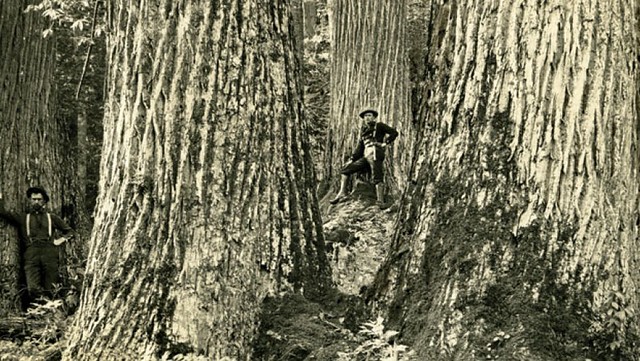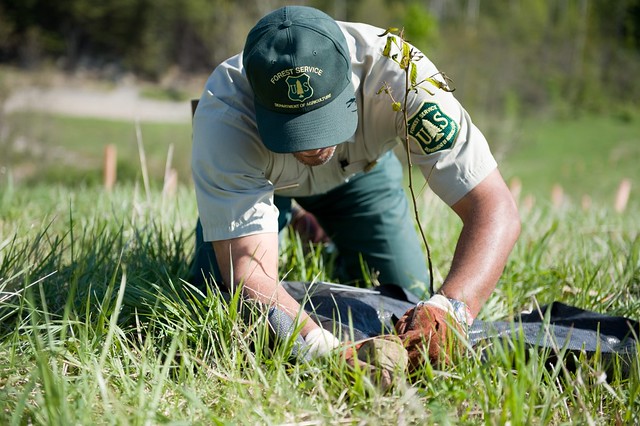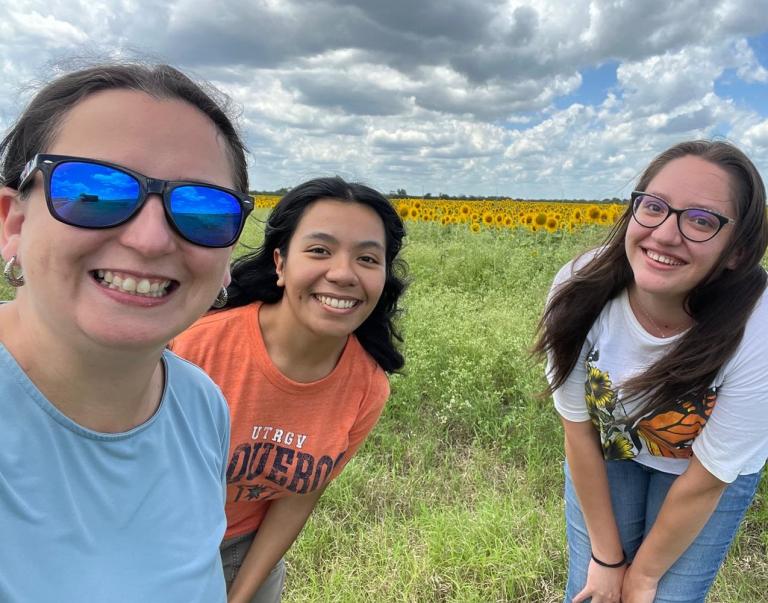
Sometimes reaching a height of more than 100 feet tall with trunk diameters often well over 10 feet, the American chestnut was the giant of the eastern U.S. forests. There were once billions of them and their range stretched from Georgia and Alabama to Michigan, but the majestic tree was gone before forest science existed to document its role in the ecosystem.
Notes left by early foresters including Gifford Pinchot, the founder and first chief of the USDA Forest Service, suggest that its ecological role was as impressive as the tree’s size (PDF, 1.3 MB).
Mature American chestnuts have been virtually extinct for decades. The tree’s demise started with something called ink disease in the early 1800s, which steadily killed chestnut in the southern portion of its range. The final blow happened at the turn of the 20th century when a disease called chestnut blight swept through Eastern forests.
The disappearance of the chestnut launched a profound change in the structure and composition of eastern forests.
But, after decades of work breeding trees, The American Chestnut Foundation, a partner in the Forest Service’s effort to restore the tree, is close to being able to make a blight-resistant American chestnut available. However, the opportunity to restore the tree to its native range creates a question for scientists and foresters: What conditions are necessary for the American chestnut to grow and regenerate on a landscape scale?
Forest Service Research and Development scientists in the Southern Research Station and the Northern Research Station are partnering with national forests in the Southern and Eastern regions of the National Forest System to answer that question. Several studies are under way that are aimed at developing management protocols foresters can use to reintroduce the species to forests.
And hope is literally growing.

Several national forests in both regions have hosted experimental American chestnut plantings to assist in the development of reintroduction strategies. Managers on the Allegheny National Forest have demonstrated a deep commitment to chestnut restoration by explicitly including it as a goal in the forest’s Land and Resource Management Plan and establishing numerous chestnut plantations over the past 25 years.
In order to build on their goals, Allegheny National Forest managers and Northern Research Station scientists are collaborating in four new studies on the forest and surrounding forestlands to evaluate first the importance of site quality to chestnut competitive ability and blight resistance; second the impact of deer browsing on chestnut survival and growth; third the planted chestnut response to prescribed fire; and fourth the application of the three-stage shelterwood system for chestnut establishment.
The end goal of this collaboration among scientists and foresters is that the integration of their research will yield a holistic set of tools for reintroducing an iconic and long-absent tree species to the region and once again restore the lost giant of the eastern forests.



